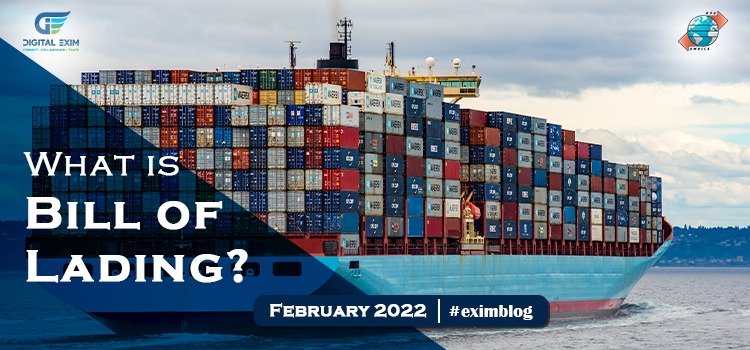Bill of Lading is a detailed receipt issued by the carrier to the consignor. Bills of lading are contracts between a carrier, consignor, and consignee that must be signed by all three parties or any designated representative on their behalf. Export import course online are one of the best places to learn international trade. Import and export business training explains the best of Bill of Lading. The carrier is the one who transports / is in charge of the ship while the consignor is the one who owns the goods. It confirms that goods have been received and are ready to be shipped. It is an important legal document. Bill of Lading, BL, and BoL are same terms. Import and export courses will explain you the importance of BoL. Bill of lading specify the particular carrier by which the goods are being sent to their final destination, as well as the conditions under which the goods will be transported to their final destination. Land, ocean, and air are the three modes of transportation. There are many types of Bill of Lading. Here we have discussed some types of Bill of Lading used in international trade-
Types of Bill of Lading-
1 Ocean Bill of Lading-
When goods are transported worldwide, an ocean bill of lading is required. Carriers issue these documents to consignors after they have completed all customs paperwork and payments.
2 House Bill of Lading-
Ocean Transport Intermediaries (OTIs) or Non-Vessel Operating Common Carriers generate this Bill of Lading after receiving and inspecting cargo for the supplier. It can also be called as forwarder bill of lading.
3 Seaway Bill of Lading-
When a consignor issues a Seaway Bill of Lading, he or she does not need to control the cargo’s release. Such contracts are non-negotiable documents.
4 Master Airway Bill of Lading-
Airline bills are issued by airlines or freight forwards upon delivery of a shipment to ensure deliveries as agreed. In common terms it is also called as MAWB.
5 House Airway Bill of Lading-
The house air way bill of lading is issued by the freight forward to the consignor once the shipment has been received. In this case, the freight forwarder books the same shipment with the main airline carrier and receives MAWB.
6 Switch Bill of Lading-
In triangle trade, switch of landing is often used when the supplier’s information needs to remain private. A second bill of lading is then created and the first is replaced with required information.
> In one sense, it is a contract between the shipper and the carrier for the transportation of goods, but in another, it is a receipt issued by the carrier to the shipper. > Essentially, it is a document of title that enables goods to be sold in transit and financial credit to be extended.
Conclusion-
Bill of Lading is a proof of receipt of shipment by carrier. BoL contains all details of carrier, consignor, and consignee, goods loaded and destination details, details of goods and delivery date. Join import export consultancy services and start your journey as a successful trader. Join Live webinar by Digital Exim and know how you can start your export import business. Click the link given below to attend our webinar. https://chat.whatsapp.com/Bqz4SWH55nSGtKj3GnJAC8 Do give us a Visit!






